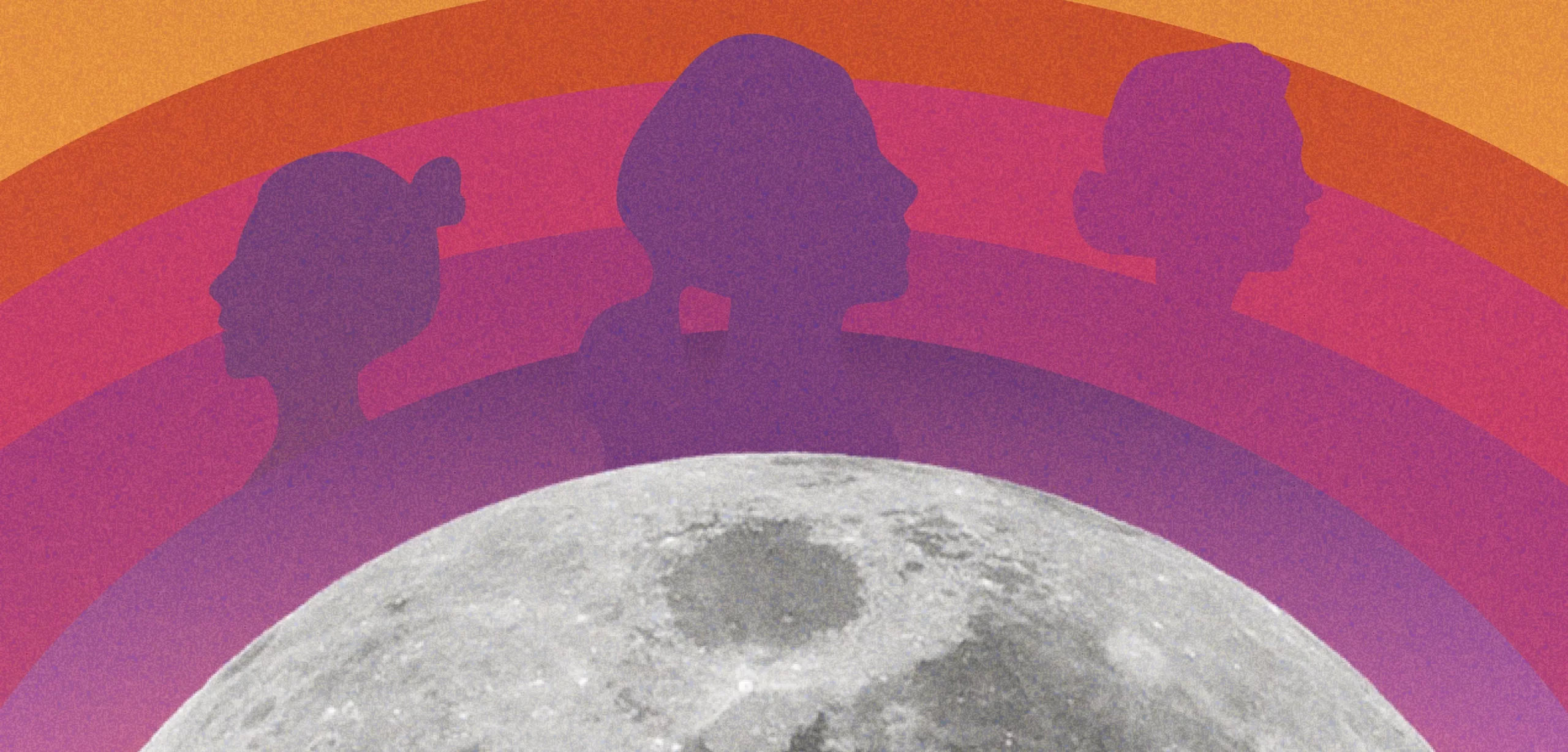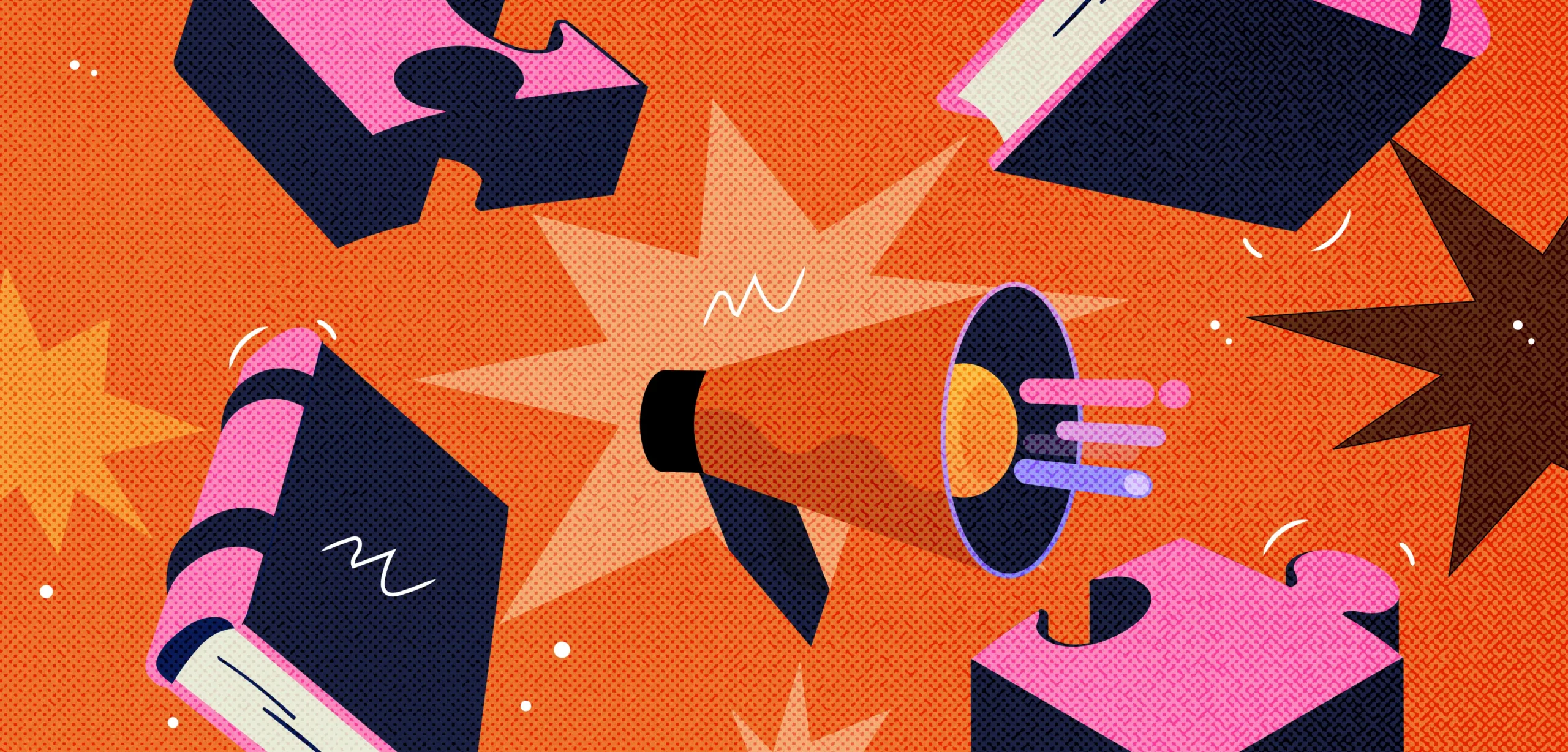Apple vs Samsung, Nike vs Adidas, Coca-Cola vs Pepsi — these debates have been in existence since forever. Populations, not just mini groups, have defended their sides for long. There have been continuous attempts to strengthen the sides with supporters and more. But to think of it, what is all the debate and support for?
Steve would say — ‘sugared water’! And that will be right, isn’t it? The ingredients are the same. For all you know, the recipe is the same. What could be the differentiator to create such a strong following that people are ready to defend their stand in whichever way possible?

Coca-Cola and Pepsi started with similar logos. And yet, Coca-Cola for long has strategically been an emotion-inducing brand. Pepsi in the meanwhile, related with high-energy, music, and at times, humor. Samsung tried multiple offerings including the use of a phone as a fully functional PC and yet Apple stood its ground as the ‘innovative’ mobile brand.
Brands, not technologies, are the organizing principles of global businesses; brands answer increasingly important 21st century human needs for belonging and emotional rewards in an alienating world; and globalization means people need brands to negotiate this world and feel good about themselves.
~ Wally Olins
With Logo vs. Brand, I wish to create some logical comparisons between a logo and a brand, to illustrate their definitive role, so that as you create a new business or help one grow, you are conscious of the possibilities and can use the newly found learning(s) to your business’ advantage.
What’s the commonly acknowledged difference?
Brand is like a human being and logo is like the uniform it wears!
— Vaibhav Ghera
These are two of the multiple responses to Himanshu’s tweet when he quizzed his Twitter timeline about the difference between a logo and a brand.
Logo is a graphical representation of how a company wants to be perceived. A brand is a collective perception of the experiences it creates for customers.
— Kapil
It’s not just the founders, or the stakeholders, or the laymen, or the students… it’s something almost everyone, including designers, struggle to differentiate with clarity.
One differentiation that most tend to agree with, even subconsciously, is pricing! A logo should cost about $5 onwards (check Fiverr). A brand, however, sounds like a heartbreak that adds multiple ‘zeroes’ to a logo, amounting to a setback of $5,00,000 or more.

Another parallel differentiation is time — a far more important currency! Logo ‘designers’ claim to dish out an option in as less as 24 unbelievable hours. A Brand seems to take forever, say about a year at the least. That is 2,920 hours if worked for 8 hours every day, without taking a holiday for the whole year.
Also, logo creation is an easily-automated process today. A google search shall throw an infinite series of tools to create (generate) your hypothetical logo. A brand is a little odd — it needs humans to do the work. Or so for now.
But is that it? Nope — not even by a mile.
A brand is an emotional aftertaste that remains post an experience or a series of experiences, for the longest time possible.
Humans are intrinsically emotional
Most of the choices people make in life are emotional — including the people they relate to. There’s rarely ever a logical merit.
They take inspiration from someone who validates their aspirations and detest the one who threatens their dreams.
A logo and a brand are no different. Or should not be. People must react to them, positively in most cases. People must care, appreciate, dream, give an example of, be pompous about, take inspiration from, look up to the brand and logo they like.
People as brands
You walk into a meeting with a clear agenda — to close a deal worth $10M. Mayank, the CEO, had done his homework about you and your company. He was prepared with his set of queries and expectations. He was equipped enough to clarify your doubts too. In twenty minutes, you closed the deal and got time to have a good chat about life in general as well.
Later that evening, you wish to share your excitement with your friend. And how impressed you’re with the CEO. You are unclear on how to start.
You google Mayank and show his picture.
In addition, you describe his personality — the level of articulation and precise choice of words. You also illustrate mentions of his height, deep green eyes, well-trimmed stubble and the rusty-brown jacket he wore.
The picture is the logo — uniquely accepted visual identification.
The description is the brand — uniquely accepted mental identification.
Elements of a brand
There are a plethora of elements that could be amassed under the umbrella of a brand, not limited to — name, logo, shapes, colours, visuals, sounds, values, culture, perception, messages, opinions, marketing and in today’s age, social media engagement.
Have you heard the iPhone ringtone?
It’s probably the most recognised ringtone worldwide. For someone not looking at your screen but listening to the sound, this should serve as a good sub-conscious reminder of the brand.
A Starbucks does not serve the best coffee in the world. I would not know the metrics to define the best coffee anyway!

In my head, Starbucks is a safe place. A place that’ll offer me decent coffee, a working charging point for my laptop, perhaps an hour of free internet, if not more. And another promise — if the coffee is not up to my liking, the barista won’t fret or throw a fit. They will just politely make another one as I’ll request them to.
Everything I say after ‘in my head’, is deeply thought, analysed and implemented religiously, by an array of team members, perhaps split across the continents, at various roles and hierarchies, before the experience starts echoing as the brand experience.
The moment a campaign, or a barista, or even an sms goes off-message, all of their company’s deeply-thought branding effort, and the millions it’s spent, is tarnished for the affected consumer, and experience starts to erode.
In essence, a brand is a list of unspoken, unlisted promises from the people of a business to the people of the world.
The intent of this post was to make one think deeper on the concept of branding. And also, understand the power of brand on a long-term cycle for a product/service to have greater impact.





